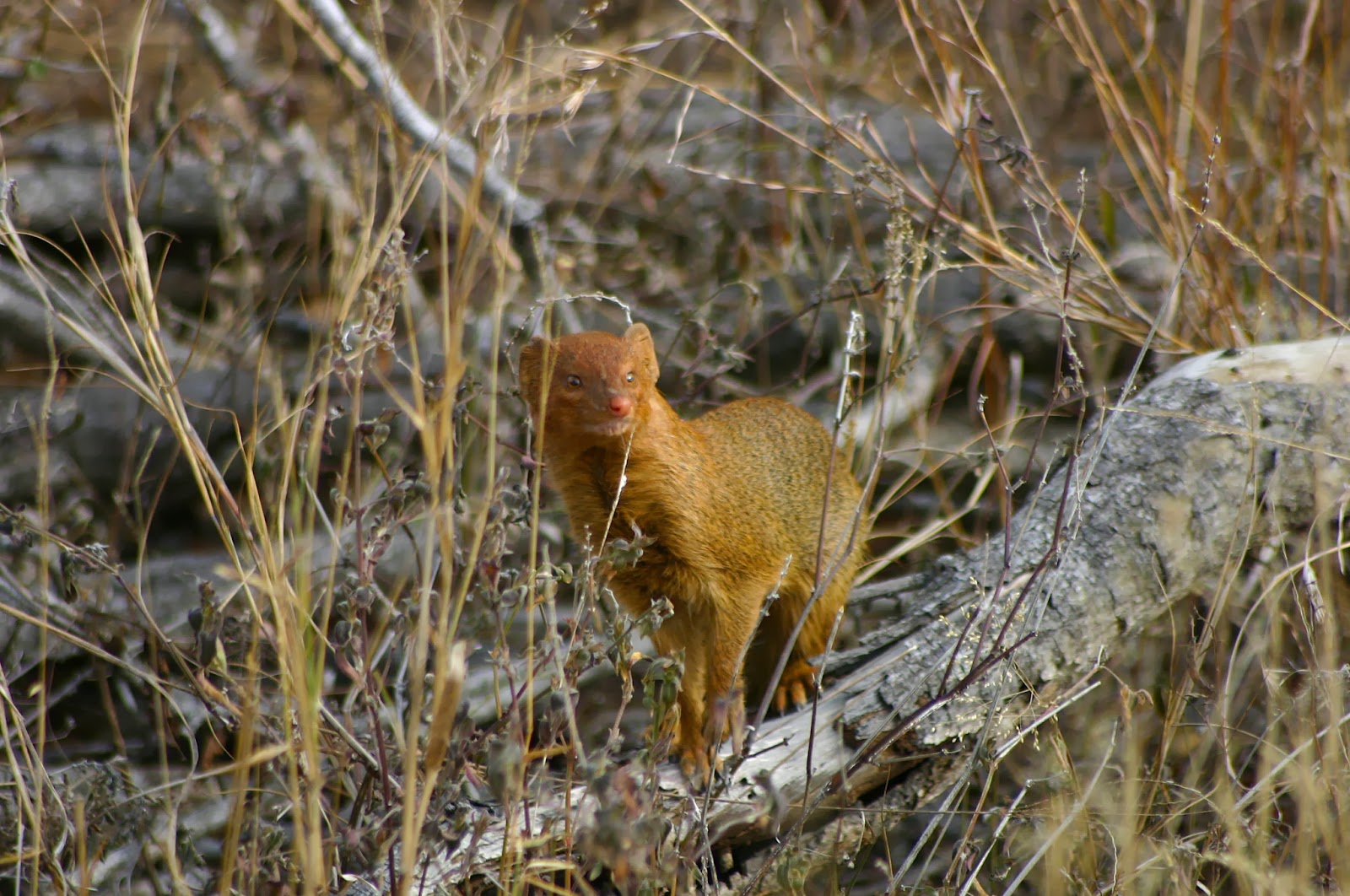After many years of dealing with the mongoose, we know there is no stopping them. All we can do is keep a close eye on them. Hopefully one day, we can all live in peace!
Tree Limin' Extreme is the only zipline canopy tour in the US Virgin Islands, located in the lush tropical rain forest on St. Peter Mountain in St. Thomas, where no passports are required for United States citizens. Our blog is an inside look at life in the Caribbean, the adventure park industry, traveling tips and tricks, and just about anything fun under the sun. For more, visit our website at www.ziplinestthomas.com
Saturday, 22 February 2014
Wildlife of the Month: The Mongoose
The mongoose isn’t native to the Virgin Islands, but because of the lack of predators, they have a thriving population. Ever since these little guys were brought here, they have become a nuisance to many people and indigenous species. Even though they have made a bad name for themselves over the years, they have become apart of the Virgin Island’s habitat. While you are visiting, you may see one or more of these mammals scurrying around trash looking for food, or hiding in small places.
Mongooses can grow to be 1 to 3.5 feet long (including their tail), and have a ferret/weasel-like look to them. Their diet consists of a wide verity of insects, crabs, lizards, snakes, birds, eggs and rodents. They are responsible for eliminating 7 different types of species over the years, just in the Caribbean alone. They also are a big fan of eating out of the trash, so they spend most of their time near dumpsters. If you make a trip down to Magen’s Bay, there will be a good chance you’ll spot a few of them wondering around the parking lot!
The lifespans of a mongoose is roughly 4 years and they spend most of their time hiding. They breed 2-3 times a year and have an average of 3 babies. They can start mating at only 10 months and over their lifetime can have up to 36 babies!
The mongoose was brought to the islands way back in the 1800s. It was believed, at the time, if they were introduced to the habitat, they would get rid of the tree rats. Funny thing though, mongooses don’t climb trees, nor are they nocturnal, like the tree rats. Therefore the mongoose had no interest in hunting them down, and both the tree rats and the mongoose increased in number.
After many years of dealing with the mongoose, we know there is no stopping them. All we can do is keep a close eye on them. Hopefully one day, we can all live in peace!
After many years of dealing with the mongoose, we know there is no stopping them. All we can do is keep a close eye on them. Hopefully one day, we can all live in peace!
Subscribe to:
Post Comments (Atom)

No comments:
Post a Comment